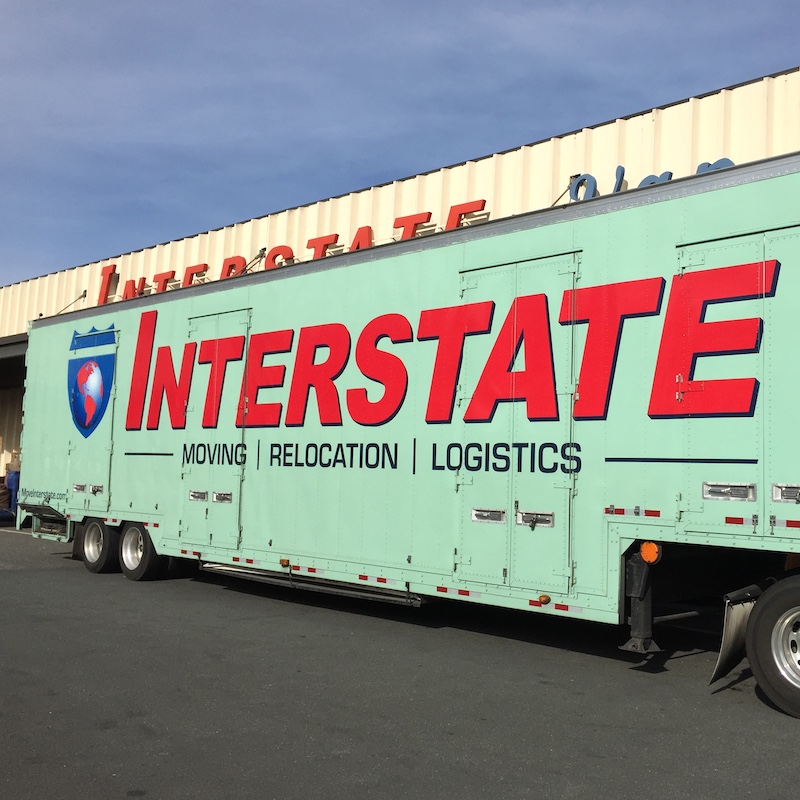If you’re getting ready for an interstate move, you probably have a lot of concerns ahead.
Whether you’re moving a small apartment or relocating an entire home, this guide will help you navigate the process confidently.
Let’s dive into the world of interstate relocation and uncover what it really takes to move to another state.
What Makes Interstate Moving Unique?
Interstate moving isn’t just a longer local move—it’s a regulated process.
You also need to account for different entry restrictions in each state.
Most importantly, the logistics are more complex: possible weather impacts come into play.
Finding the Perfect Cross-State Moving Partner
Selecting the right interstate moving company is crucial for a successful relocation. Start by checking for proper licenses and insurance—legitimate companies must have a USDOT number issued by the Department of Transportation.
Compare not just the price, but also the included services: Does the quote cover packing, loading, unloading, insurance, and delivery timeframes?
Trust your instincts: if something feels off or too good to be true, it probably is.
Factors That Influence Interstate Moving Costs
Another key factor is the weight or volume of your shipment; heavy or bulky loads increase both transport and handling fees.
If you request professional packing, furniture disassembly, custom crating for delicate items, or temporary storage, these all add to the base price.
Planning ahead and informing your moving company about these conditions helps avoid surprise charges on moving day.

Effective Planning for Moving Between States
Early preparation gives you enough time to handle unexpected challenges calmly.
Decide what to sell, donate, or discard to reduce weight and save on moving costs. Less volume often translates to lower transport fees, so decluttering pays off.
Pack important documents, medications, chargers, snacks, and a change of clothes in a separate bag you keep with you.
Understanding Your Moving Options
Partial-service movers let you pack your own boxes while they handle transportation and heavy lifting, reducing costs.
This can be more affordable but requires more personal effort.
Understanding your specific needs ensures you select saiba mais the best option for a smooth and cost-effective interstate relocation.

How to Prevent Problems During an Interstate Move
Many people wait too long to book movers, only to find limited availability or higher rates.
Always verify USDOT numbers, insurance policies, and read contracts carefully before committing.
Lastly, poor packing leads to headaches.
Budget-Friendly Strategies for Interstate Relocation
To cut costs on interstate moving, start by downsizing.
Some movers offer price matching, discounts for flexible dates, or savings for booking during off-peak seasons.
Pack non-fragile items, disassemble simple furniture, or transport valuables in your own vehicle.
Conclusion: Making Your Interstate Move a Success
From selecting a mover to managing costs, each choice shapes the outcome of your move.
By following expert tips and avoiding common mistakes, you can reduce stress and ensure your belongings arrive safely.
With the right mindset and resources, moving to another state can be a smooth and rewarding transition.
Common Questions on Long-Distance Moves
What’s the cheapest way to move between states?
You can also pack and load yourself to cut labor costs while hiring movers only for transport.
What’s the best timeline for booking interstate movers?
It’s best to book movers at least 6–8 weeks in advance, especially during busy seasons.
Are there things I can’t include in an interstate move?
Properly disposing or transporting restricted items yourself avoids legal and safety issues.
How is interstate moving insurance calculated?
Most interstate movers include basic valuation coverage by law, but it’s minimal.
Do movers provide tracking for long-distance relocations?
Many professional interstate movers offer shipment tracking systems or regular status updates.